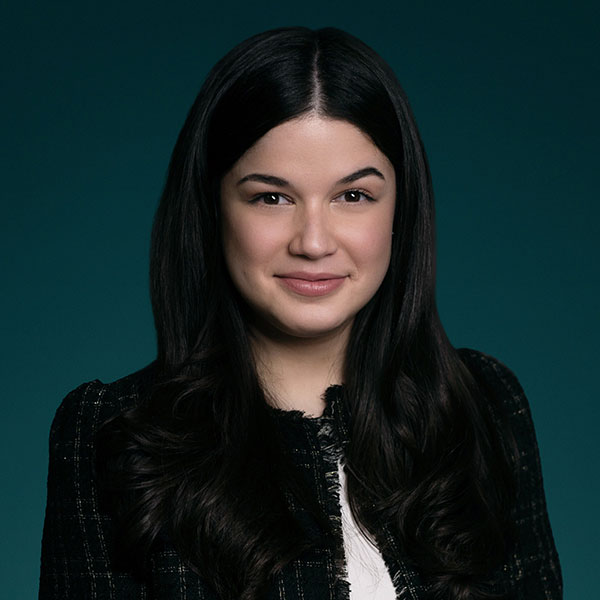Almost overnight, FDA-approved diabetes drugs have become household names for their success in achieving weight loss. While we still envision a long runway for growth in these categories, the healthcare industry seeks to replicate success in other illnesses and expand the addressable market for these therapies even further.
This piece is part of a series that dives deeper into this year’s iteration of our flagship research piece, Charting Disruption.

Key Takeaways
- Glucagon-like peptide 1 (GLP-1) agonists have revolutionized the treatment of type 2 diabetes and obesity, achieving $23 billion in 2022 sales.1,2
- The potential use for GLP-1s is being investigated in obesity-related illnesses like cardiovascular diseases and liver disorders.
- Obesity and the obesity-related illnesses that GLP-1s target represent a massive addressable market, and sales of the treatments are expected to surge past $77 billion by 2028.3,4
GLP-1s: The Backstory
GLP-1 stimulates the body to produce more insulin when a patient’s blood sugar levels start to rise, helping manage diabetic symptoms. This treatment category has revolutionized the type 2 diabetes (T2D) space, achieving $20 billion in 2022 T2D sales, led by the success of Novo Nordisk’s Ozempic and Eli Lilly’s Mounjaro.5,6
GLP-1 treatments have also shown the ability to curb hunger, opening their potential use for obesity. Patients undergoing GLP-1 treatments have experienced weight loss of up to 22.5% of their body weight, rivalling weight loss from gastric bypass and sleeve gastrectomy surgeries.7
Following strong clinical trial results, higher-dose versions of Ozempic and Mounjaro, called Wegovy and Zepbound, respectively, have been approved for obesity by the FDA.8,9
Spurred by recent approvals, the obesity market is expected to be worth over $100 billion by the end of the decade, up from $2.8 billion in 2022.10,11
Looking Ahead: GLP-1s in Obesity-Related Disorders
Most recently, we’ve seen particular hope for GLP-1s in illnesses with a high correlation to obesity. Global obesity rates have nearly tripled since 1975, increasing prevalence rates for related disorders.12
- Type 2 Diabetes (T2D):
- Obesity accounts for 80–85% of the risk of developing T2D.13
- T2D accounts for $380 billion in associated costs in the U.S.14
- Cardiovascular Disease (CVD):
- Obesity accounts for up to 78% of hypertension cases.15
- Cardiovascular disease accounts for $320 billion in associated costs in the U.S.16
- Liver Disorders:
- Up to 90% of obese individuals have non-alcoholic fatty liver disease (NAFLD), a precursor to non-alcoholic steatohepatitis (NASH).17
- NAFLD accounts for $103 billion in associated costs in the U.S.18
There are currently 54 active clinical trials studying the expanded use of GLP-1s in other illnesses beyond diabetes and obesity, with the first such launch expected in 2025.19 Clinical data thus far has been encouraging. Novo Nordisk’s Wegovy, for example, recently showed a 20% reduction to incidence of heart attack, stroke, or death from heart disease.20

Case Study: Non-Alcoholic Liver Disease
The potential for GLP-1s in liver disease is of particular interest. NAFLD and NASH currently have no approved treatments though they impact 25% and 5% of U.S. adults, respectively.21 As cases continue to largely go untreated, NASH prevalence is projected to increase 63% between 2015 and 2030.22

Given overlap in risk factors between diabetes and liver disease, diabetic treatment Ozempic is expected to be the second highest grossing treatment for NAFLD and NASH by 2028.23,24

Conclusion
Demand for GLP-1s has been extremely strong and is likely to increase further as new indications are expected. To date, sales have been limited by supply, not demand. To meet demand, both Lilly and Novo look to expand supply capacity of their GLP-1 portfolios. Eli Lilly has invested $11 billion over the last three years to scale its manufacturing capacity.25 Novo Nordisk, for its part, announced a total of $8.3 billion in investments just in November 2023.26
Demand has also prompted other pharmaceutical firms to enter the GLP-1 market. Roche recently agreed to take over privately-held Carmot Therapeutics for $2.7 billion, marking its entry into the growing obesity space.27 This follows AstraZeneca deal worth up to $2 billion to license a GLP-1 pill from China-based biotech firm Eccogene.28
Overall, we see significant growth opportunities within the GLP-1 category, driven by the expansion of supply to meet the high demand and anticipated approvals for new disease categories.
 Arelis Agosto
Arelis Agosto